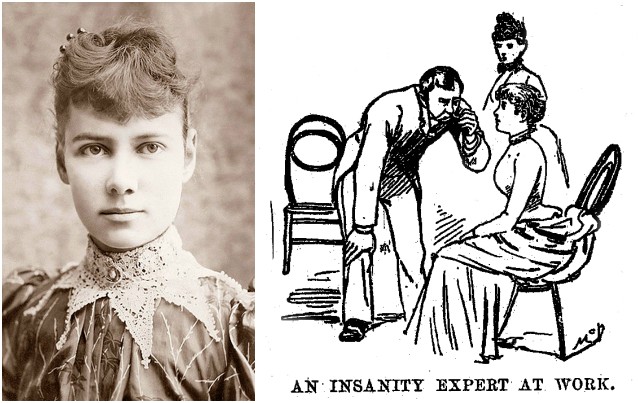Elizabeth Cochran Seaman, also known by her pen name Nellie Bly, was born on May 5, 1864, in Cochran’s Mills, Pennsylvania. She was a part of a large family of 15 children.
Elizabeth dreamed of being a writer from a young age, and was known to be the most rebellious of her family. When she was 6-years-old her father died, and her mother had to get married to another man in order to support the family.
Elizabeth’s stepfather was an abusive man who her mother ultimately had to divorce. Although she was very young, Elizabeth had to support her mother, and so decided to go to a small college in Indiana, Pennsylvania, and studied to become a teacher.
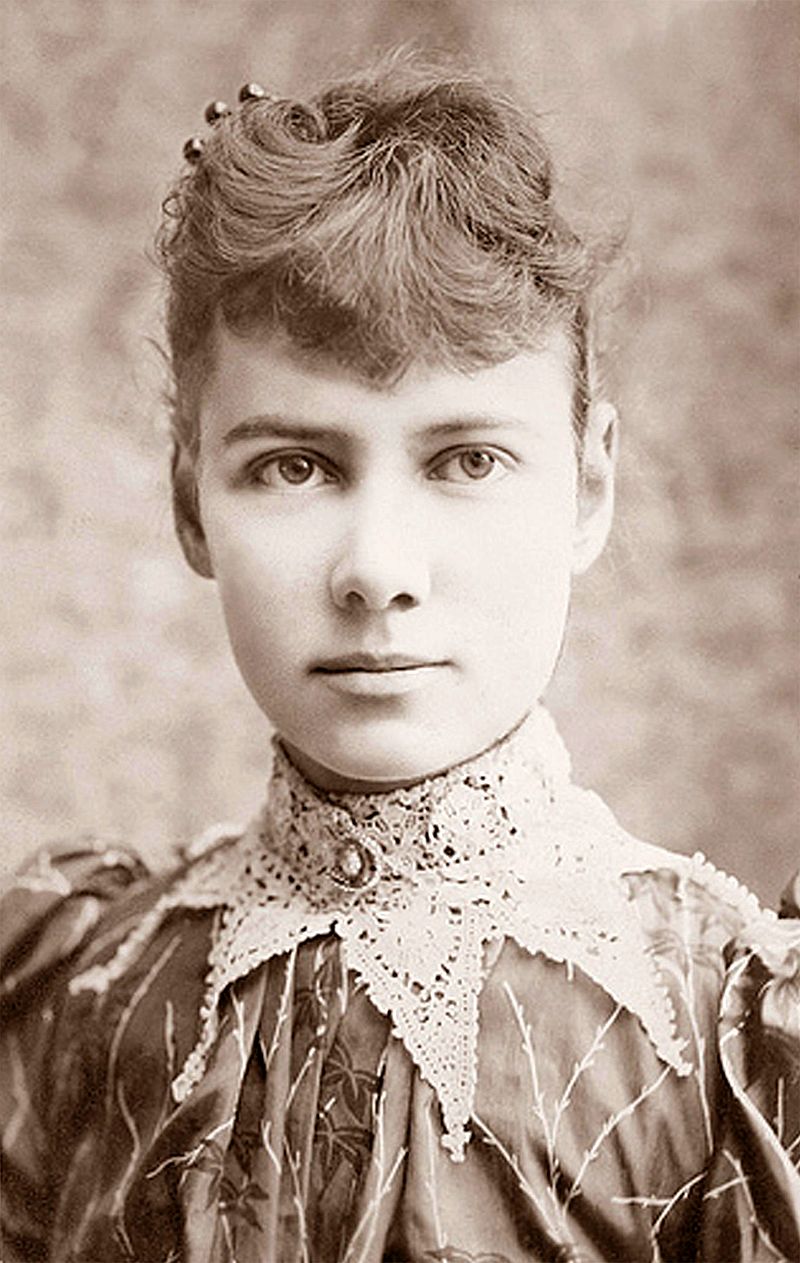
Seaman had to leave school and move with her mother to the nearby city of Pittsburgh, where together they ran a boarding house.
She was still dreaming of becoming a writer when she was offered to work as a reporter for The Pittsburgh Dispatch at a rate of $5 per week. She accepted the offer and found great success.
Known for her investigative and undercover reporting, Seaman’s exposes included posing as a sweatshop worker to expose the poor conditions faced by women. However, she relocated to New York City in 1887 and began working for the newspaper New York World. This is about the time she would become a world-famous investigative reporter.
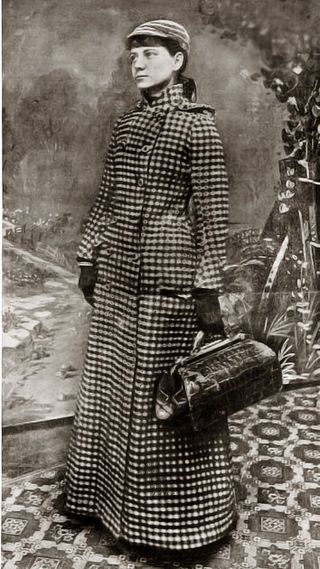
Eventually she was given the assignment to report on conditions in the Blackwell’s Island Insane Asylum, and decided the best approach was to be committed to the facility.
In order to look more convincing, she dressed in tattered second-hand clothes and stopped bathing and brushing her teeth. She also practiced looking like a lunatic in front of the mirror for hours. Soon she started wandering the city in a daze.
Someone called the police to have Seaman evaluated, just as she wanted. Soon she was shipped to the Women’s Lunatic Asylum on Blackwell’s Island.
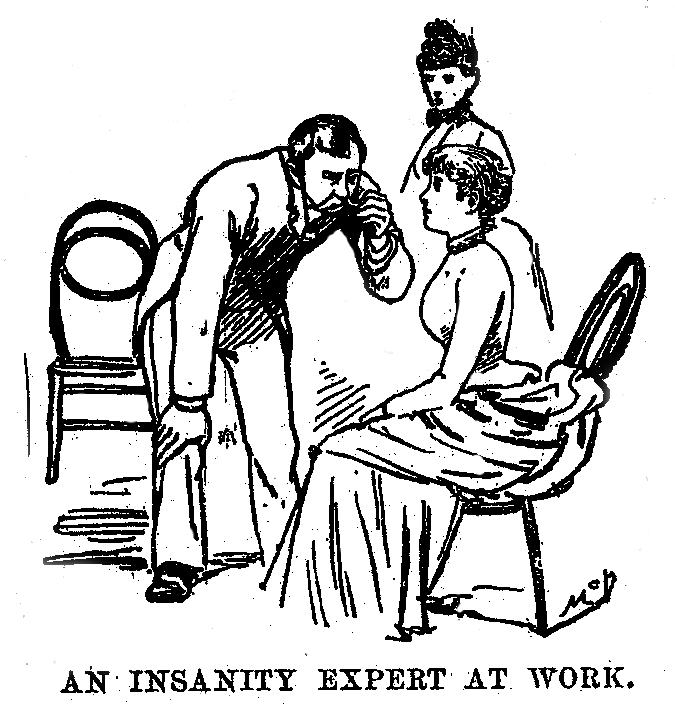
Seaman spent 10 days collecting information. She realized that the “human rat trap,” as she called it, was a filthy and overcrowded place. Nurses choked, beat, harassed and mocked the “inmates.” Food was terrible and vermin-infested.
Some of the “inmates” were not insane at all, and they were in the Asylum just because were physically ill, or because they were foreigners who could not make themselves understood.
She experienced firsthand the treatment that the “inmates” received while in the institution.
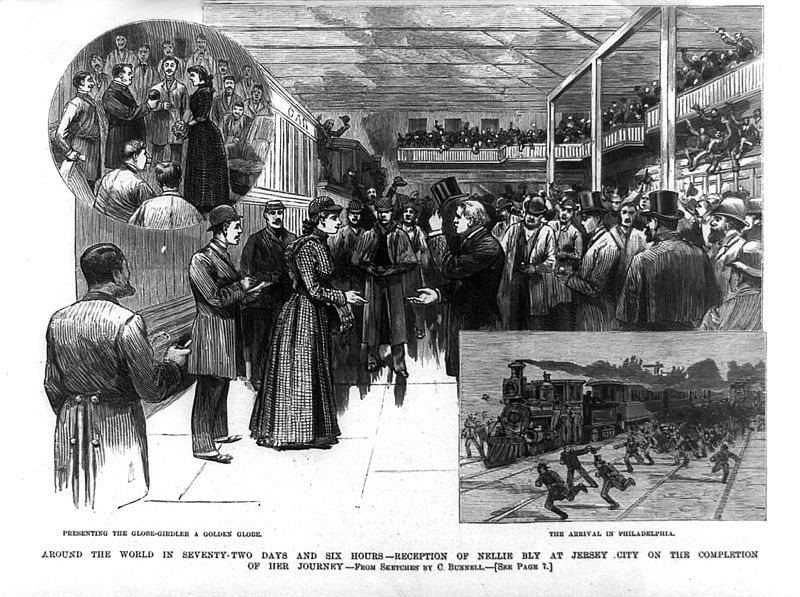
Seaman’s exposé, published in the World soon after her return to reality, was a massive success. Her report of the cruelty prompted public and political action led to the reform of the institution. She wrote about this experience in her first book, Ten Days in a Madhouse (1887).
Another article from us: Cherry Knowle Asylum – abandoned Victorian mental asylum
Later in her life, she would reach international celebrity status when she circled the globe by ship, train, burro, balloon, and more.
Nellie Bly died on January 27, 1922, of pneumonia.
